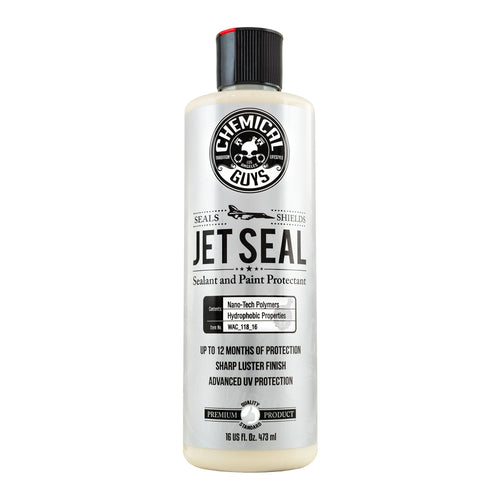Picking the proper protection for your car’s finish starts with how you use your vehicle daily. With the proper protection, you’ll help your paint keep its luster while cutting down on time spent scrubbing or correcting damage. Here’s how to sort through the options and choose the product that matches your lifestyle.
Start with Your Driving Routine and Climate
Daily conditions play a significant role in how your paint wears down. If your car spends long hours under the sun, a protectant with UV-resistant ingredients helps prevent dullness and fading. For those who park under trees or drive near highways, a product that resists sap, bird droppings, and gritty road debris can help preserve that clear coat. In colder regions, snow and de-icing salts can eat into your paint fast, so go with a sealant or protectant that resists corrosion.
Match the Product to Your Maintenance Style
Some drivers love the satisfaction of buffing their car until it gleams. Others prefer a quick spray-and-wipe job that still delivers a clean shine. Spray sealants work well for quick upkeep and convenience. Paste waxes require more effort but bring out that deep, warm glow. For longer-lasting protection with less frequent reapplication, ceramic-infused clear coat protectants deliver a more advanced barrier against the elements.
Once you know how often you plan to maintain your finish and what damage you’re trying to avoid, you’ll see which formula makes sense. We recommend starting with our Jet Seal if you’re after long-term gloss, resistance to UV rays, and a slick surface that sheds grime and water.
Tips for Maintaining Your Car's Clear Coat Finish
That smooth, high-gloss finish on your car is a protective barrier against the harsh elements your vehicle faces daily. Maintaining that finish requires a little consistency and a few key habits, but the payoff is well worth the effort. Here’s how to keep your clear coat looking sharp long after the initial application.
Wash Consistently and with Care
Keeping dirt, grime, bird droppings, and road salt off your vehicle is the first step to preserving your clear coat. A regular wash routine using the two-bucket method and a pH-balanced soap helps clear contaminants without wearing down your paint. Dish soap may work on dinner plates, but it strips protective layers from automotive surfaces, so stick with products specifically for detailing.
Reach for Microfiber at Every Step
From the first rinse to the final buff, high-quality microfiber towels are your best tool for paint-safe results. These ultra-soft fibers trap dirt without dragging it across your finish, helping you avoid those frustrating swirl marks and micro-scratches that can dull your paint over time. Microfiber makes a noticeable difference for every phase of your detail routine, washing, drying, or polishing.
Reapply Protective Layers
Every few months, plan to refresh your protection with a new coat of wax, sealant, or spray-on clear coat protectant. These products help block out UV rays, moisture, and airborne contaminants while reinforcing your car’s glossy finish. Building this habit into your maintenance routine gives your vehicle an added layer of defense and helps preserve that glassy, just-detailed look.
Avoid Automatic Car Washes
Although drive-through washes seem convenient, they often reuse dirty water and rely on harsh brushes that can leave behind water spots, surface grime, and scratches. These repeated abrasions wear down the clear coat over time and can make your paint job look older than it is. A hand wash with the right tools may take longer, but it protects your finish and keeps your shine intact.
Address Small Scratches Early
Even with regular maintenance, minor chips or scratches can still happen. When they do, a clear coat touch-up pen makes it easy to seal problem spots quickly before they develop into larger issues like oxidation or rust. By treating blemishes promptly, you preserve your finish and avoid more expensive repairs.
Park with Protection in Mind
Extended exposure to sunlight can cause clear coat fading, even on well-maintained vehicles. To minimize damage, park in shaded areas when possible, use a car cover for long-term storage, or use a garage. Over time, this simple precaution helps keep your paint vibrant and your finish smooth.
Read more:


